Spice Up Your Life: The Ultimate Award-Winning Spicy Chili Recipe That Steals the Show!
Table of Contents
- Introduction
- The Secret to a Championship-Level Spicy Chili
- Essential Ingredients for an Award-Winning Spicy Chili
- Step-by-Step Cooking Guide
- Spice Levels & How to Adjust Them
- Serving & Presentation Tips
- Buying Guide for Chili Essentials
- Conclusion
Introduction
There’s something undeniably magical about a rich, smoky, mouthwatering bowl of chili. Whether you're entering a competition or just want to impress friends at game night, mastering the perfect award-winning spicy chili recipe can be your golden ticket. In this guide, we’ll walk you through everything from ingredient selection to final plating — because every detail counts when you’re aiming for chili stardom.
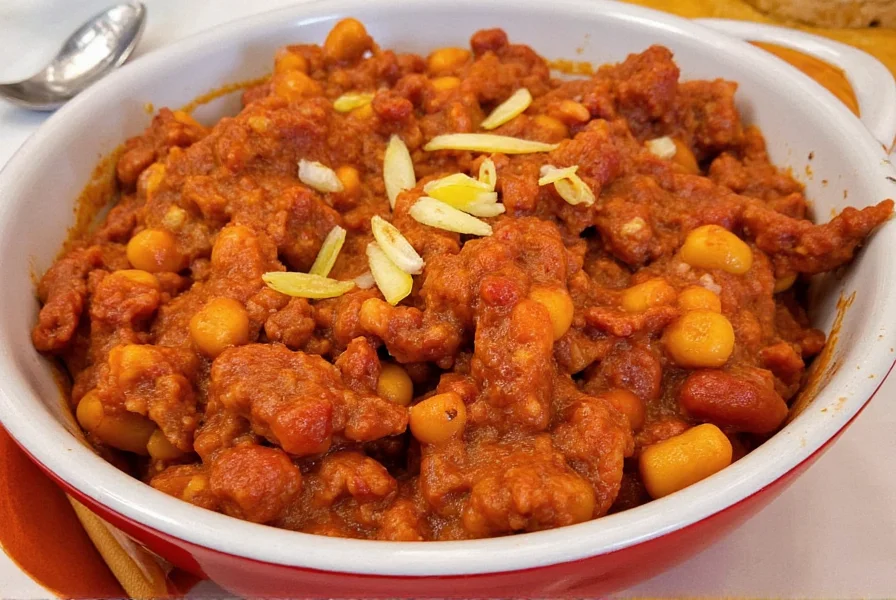
The Secret to a Championship-Level Spicy Chili
Winning chilis aren’t just hot — they’re balanced, layered with flavor, and often have a little surprise element that makes them unforgettable. Here are the keys to crafting a championship-worthy pot:
- Depth of Flavor: A mix of roasted vegetables, spices, and umami-rich ingredients builds complexity.
- Texture Matters: A great chili has a hearty, slightly chunky texture without being too dry or soupy.
- Heat Control: Spice is essential but should never overpower the other flavors.
- Finishing Touches: A touch of acid like lime juice or vinegar brightens the whole dish.
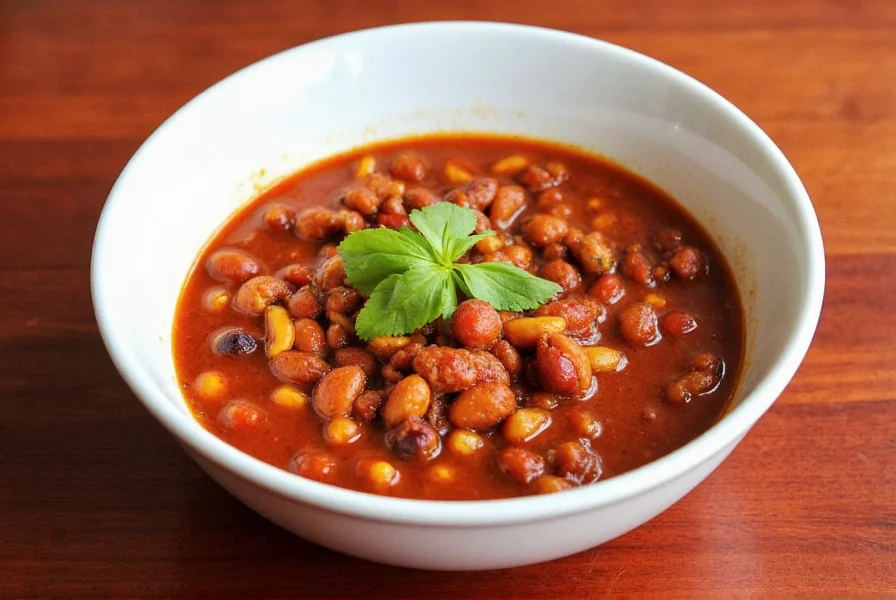
Essential Ingredients for an Award-Winning Spicy Chili
To create a chili that could win awards (and hearts), here’s what you’ll need:
| Ingredient | Quantity | Purpose |
|---|---|---|
| Ground beef (or plant-based alternative) | 1.5 lbs | Basis for richness and texture |
| Red kidney beans | 1 can (15 oz) | Adds protein and bite |
| Black beans | 1 can (15 oz) | Extra depth and color |
| Tomato paste | 2 tbsp | Intensifies base flavor |
| Crushed tomatoes | 1 can (28 oz) | Liquid base with acidity |
| Onion (diced) | 1 large | Flavor foundation |
| Garlic (minced) | 4 cloves | Aroma and heat boost |
| Chipotle peppers in adobo | 1–2 tbsp | Smoky, spicy kick |
| Cumin | 1 tsp | Earthy warmth |
| Smoked paprika | 1 tsp | Rich smokiness |
| Ancho chili powder | 1 tbsp | Mild sweetness with mild heat |
| Cayenne pepper | ½ tsp | Kicks it up a notch |
| Beef broth | 1 cup | Adjusts consistency and adds depth |
| Salt & black pepper | To taste | Seasoning |
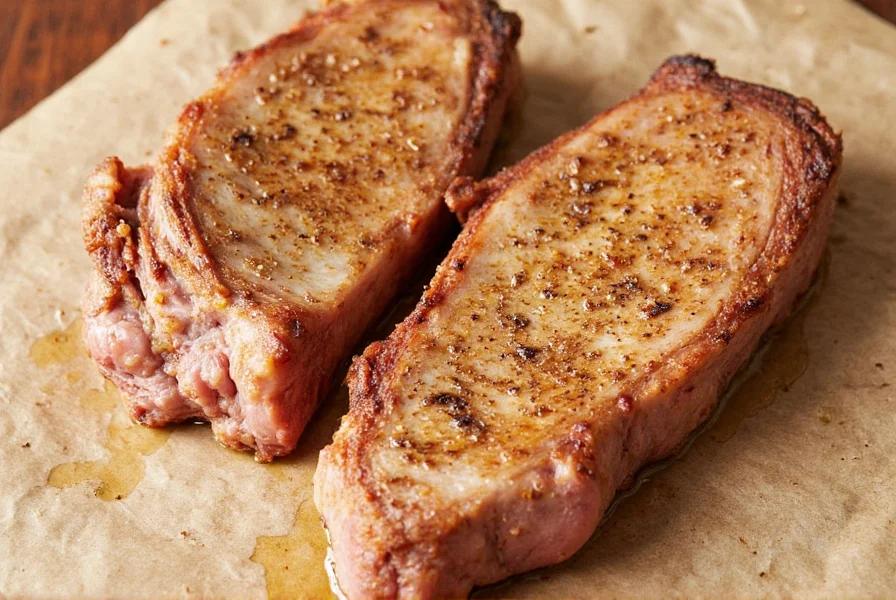
Step-by-Step Cooking Guide
- Sauté Aromatics: Heat oil in a large pot over medium-high heat. Add onions and garlic, sauté until translucent (~3–4 minutes).
- Brown the Meat: Add ground beef and cook until browned and crumbled. Drain excess fat if needed.
- Add Tomato Base: Stir in tomato paste and cook for 1–2 minutes to deepen flavor. Add crushed tomatoes and chipotle peppers.
- Spice It Up: Mix in all dry spices — cumin, smoked paprika, ancho chili powder, and cayenne.
- Simmer to Perfection: Add beans (drained and rinsed), beef broth, and bring to a simmer. Reduce heat and let cook for at least 45 minutes, stirring occasionally.
- Taste & Tweak: Adjust salt, add more chipotle or cayenne if desired. A splash of vinegar or lime juice enhances brightness.
- Cool Slightly Before Serving: Flavors meld better when cooled slightly after cooking.
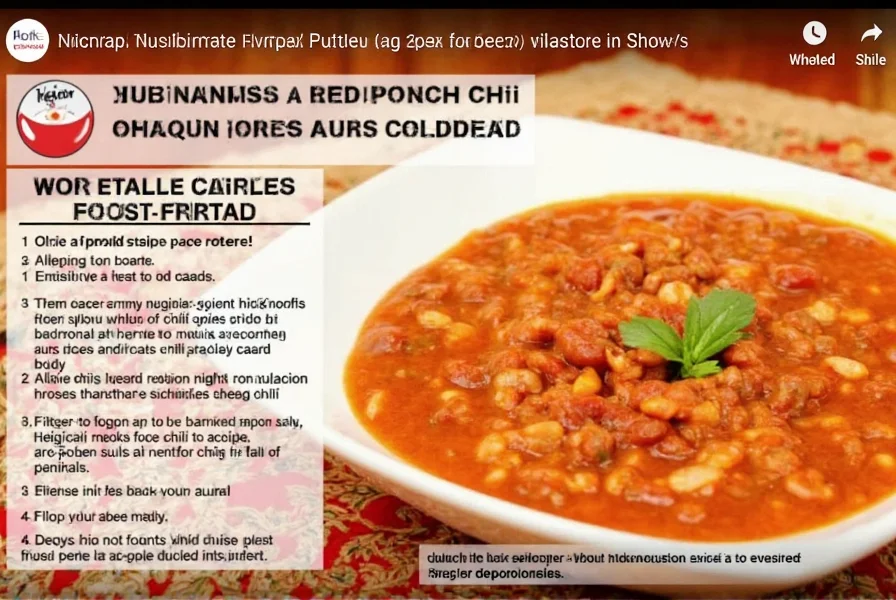
Spice Levels & How to Adjust Them
Not everyone enjoys the same level of heat. Use this handy guide to adjust the spiciness of your chili:
| Spice Level | Scoville Units Approx. | Adjustments |
|---|---|---|
| Mild | 0–1,000 SHU | Omit cayenne, use only ½ tbsp chipotle |
| Medium | 1,000–10,000 SHU | Standard recipe as written |
| Hot | 10,000–30,000 SHU | Add extra chipotle or fresh jalapeños |
| Fiery | 30,000–50,000 SHU | Use ghost pepper flakes or habanero puree |
| Extreme | Over 50,000 SHU | Add Carolina Reaper powder sparingly |
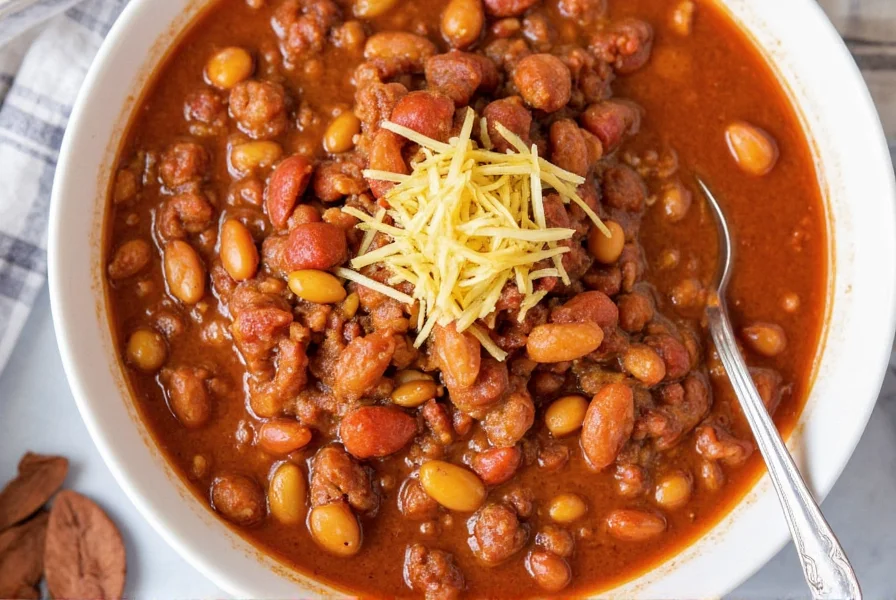
Serving & Presentation Tips
Your chili isn’t complete without thoughtful presentation. Whether it’s a casual dinner or a competition entry, these tips will make your chili stand out:
- Garnish Generously: Try shredded cheese, chopped cilantro, diced avocado, sour cream, or green onions.
- Side Selection: Serve with cornbread, tortilla chips, or rice for a satisfying meal.
- Bowl Choice: Deep ceramic bowls retain heat and enhance aroma perception.
- Layered Plating: For competitions, build the chili in layers — beans on the bottom, meat in the middle, sauce on top.
- Signature Finish: A drizzle of balsamic glaze or a squeeze of lime elevates flavor and appearance.
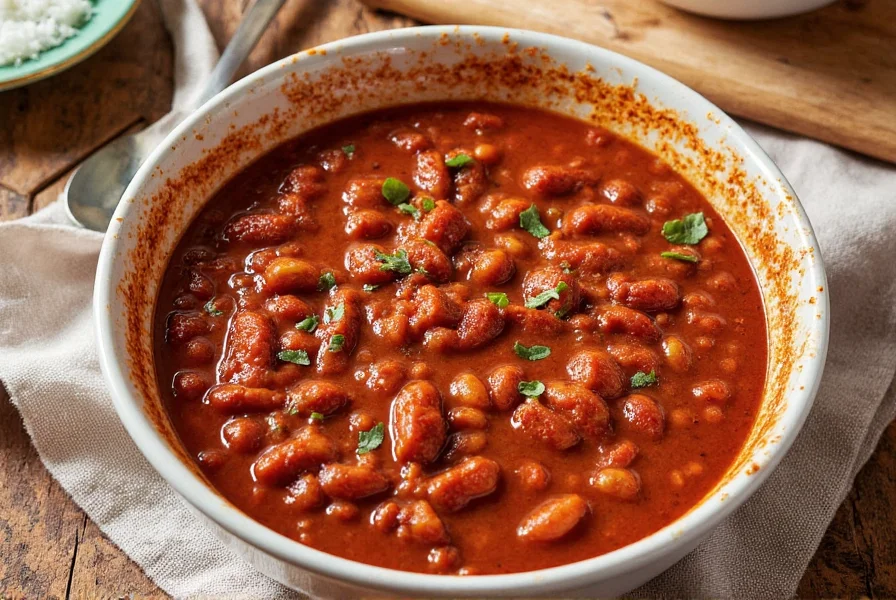
Buying Guide for Chili Essentials
Choosing the right products can elevate your chili from good to extraordinary. Here’s a breakdown of what to look for:
Meat Options
- Ground Beef (Chuck): Higher fat content ensures juiciness and flavor.
- Plant-Based Ground: Brands like Beyond Meat or Impossible offer savory alternatives.
- Beef Stew Meat (Cubed): Adds a heartier, chunkier texture ideal for competitions.
Bean Choices
- Red Kidney Beans: Classic choice for traditional chili; firm texture holds up well.
- Black Beans: Richer flavor, perfect for adding contrast and visual interest.
- Pinto Beans: Milder and softer, great for mellow profiles.
Tomato Products
- Tomato Paste: Look for concentrated paste in tubes for easy use.
- Crushed Tomatoes: Fire-roasted varieties add a natural smoky note.
Spice Blends
- Pre-Mixed Chili Seasonings: Brands like McCormick or Simply Organic offer reliable blends.
- Custom Spice Kits: Great for experimentation — ideal for advanced users.
Cookware Suggestions
- Heavy Dutch Oven: Ideal for slow-cooking and flavor development.
- Stainless Steel Stockpot: Durable and efficient for big batches.
- Cast Iron Skillet: Adds rustic flair and helps control heat distribution.
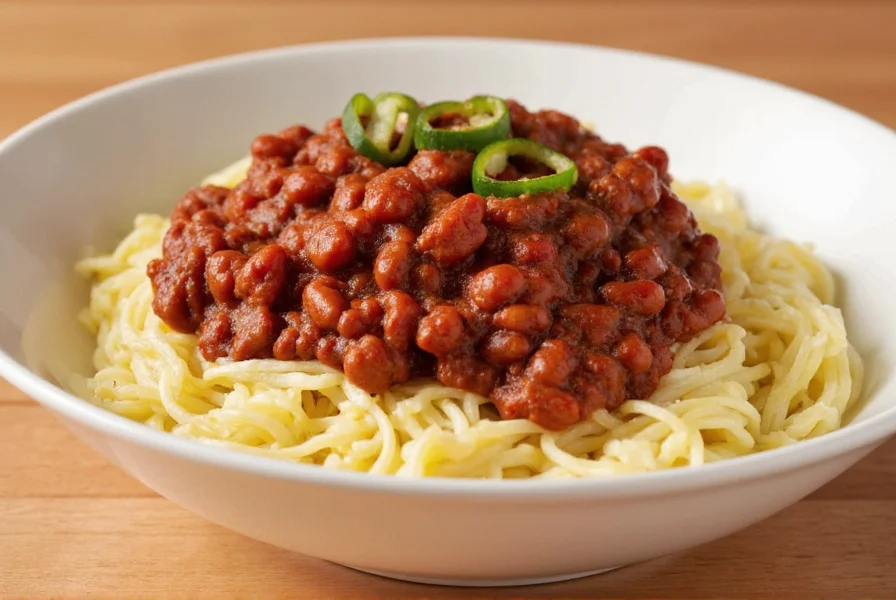
Conclusion
Creating the ultimate award-winning spicy chili recipe is both an art and a science. From selecting premium ingredients to mastering spice balance and presentation, each step plays a crucial role in making your chili unforgettable. Whether you're a home cook or a seasoned chef, don't be afraid to experiment — some of the best recipes come from happy accidents and bold choices. Now go forth, grab your apron, and make chili magic happen!
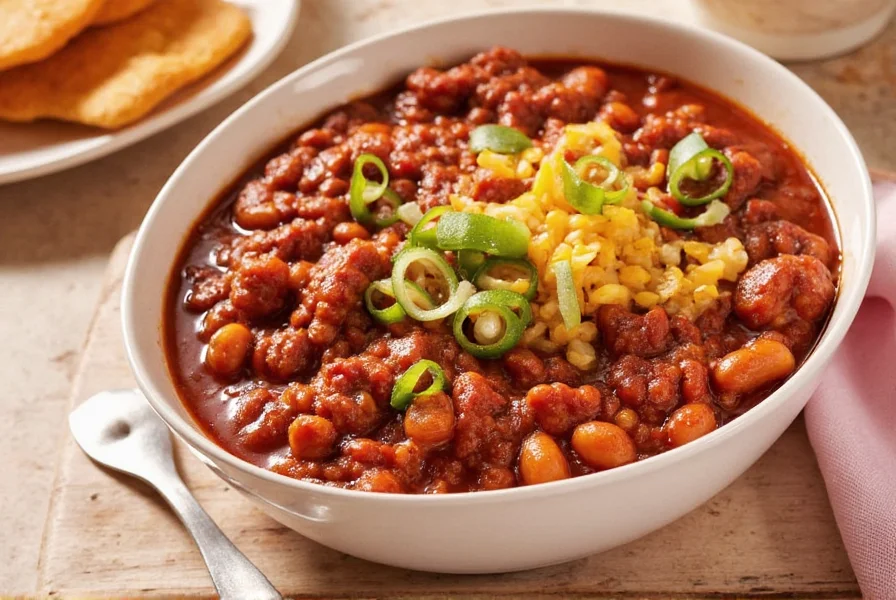

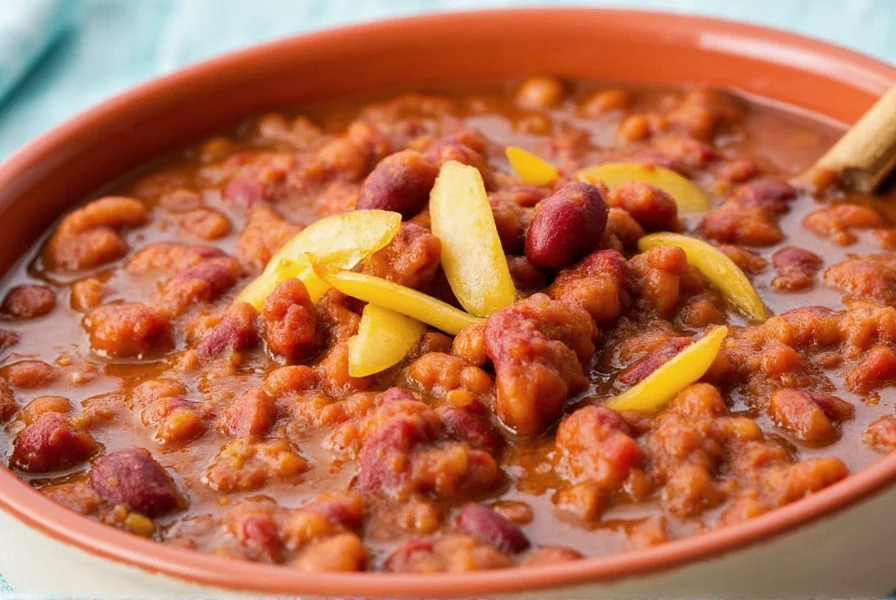









 浙公网安备
33010002000092号
浙公网安备
33010002000092号 浙B2-20120091-4
浙B2-20120091-4